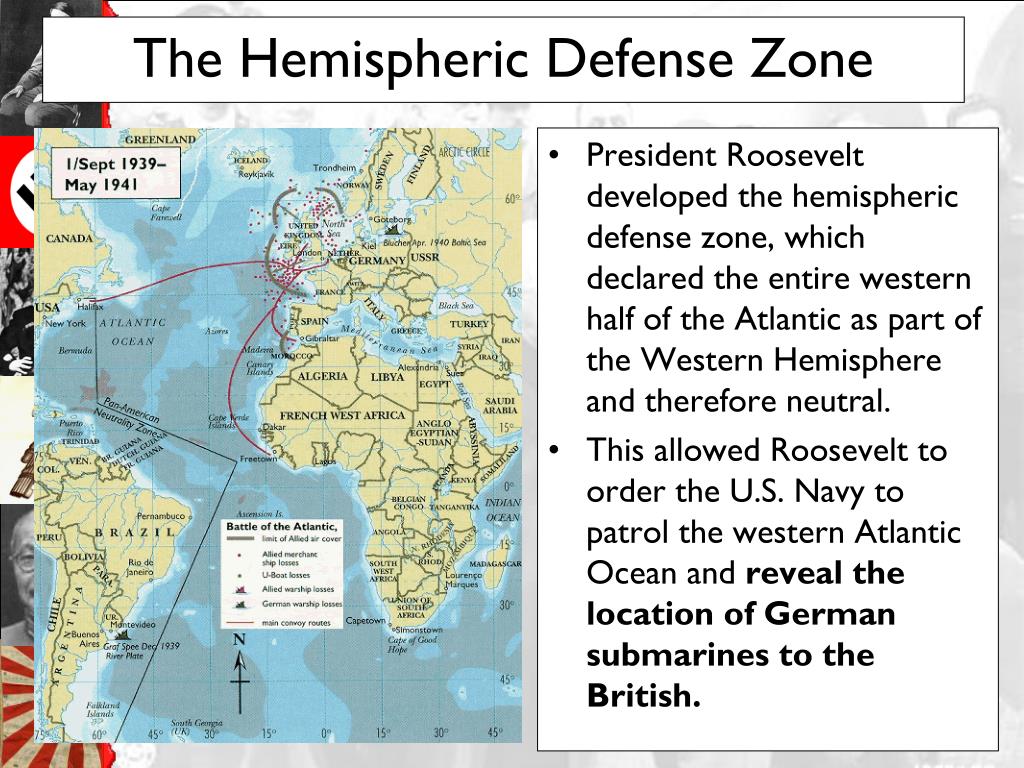

The Russians may be the most audacious gray zone actor, but they have plenty of company in the space. military forces successfully struck Wagner Group positions in Syria.

In Ukraine, Syria, and the Central African Republic, for instance, Russia has deployed a paramilitary mercenary organization, the Wagner Group. Presenting perhaps the greatest risk for military escalation beyond the gray zone is Russian use of disguised forces. In the Western Hemisphere, in-spite of dire economic and humanitarian conditions, Russia persuaded Venezuela’s President Nicolás Maduro from stepping down and provided support to the Maduro regime in the form of military advisers. naval assets and systems is also well documented. Russian and Chinese cyber infiltration of U.S. commercial and allied military satellites, and in cyberspace, Russia’s Main Intelligence Administration, or GRU, has been active not only in election interference but in probing the U.S. In space, Russia conducts operations against U.S. Aside from further testing Turkey’s place in the NATO alliance, there is fear that the Russian engineers will gain access to U.S.-made equipment in Turkey’s existing or future arsenal. objections, Russia recently sold Turkey a sophisticated surface-to-air missile system, the S-400. Russia’s gray zone efforts are also visible in the military sphere, below the level of direct warfare with the United States. If completed as planned, it will allow Russia to shut off gas to Ukraine while allowing it to flow to others in Europe, creating leverage for pitting Europe against Ukraine in Russia’s favor. The Nord Stream 2 pipeline, with controlling interest from Russia’s gas monopoly, Gazprom, is designed to circumvent Ukraine. Though they ultimately failed, Russia actively worked to undermine an agreement between Greece and then Macedonia, which seemingly has paved the way for the latter to join NATO in 2020. The Kremlin continues to cultivate and deepen ties with Serbia, pulling Belgrade further from seeking European Union membership and into Russia’s orbit. Russia is also using intrusive diplomacy, influence buying, and economic threats to bring international conditions in line with its interests. Its efforts were aimed at both suppressing voter turnout as well as influencing voter preference. The European Commission recently released a report which found that Russia undertook a “continued and sustained” disinformation campaign that targeted Europe’s May 2019 parliamentary elections. officials have acknowledged Russian attempts to influence the 2018 midterm elections and identified efforts already underway to influence the 2020 election. Russia continues to remain undeterred and committed to interfering and influencing foreign elections. Although Russia’s exploitation of the gray zone is not new, the prevalence of these tactics is more significant today than any time since the end of the Cold War.ĭisinformation, political influence, and economic and energy coercion are the core of the Gerasimov Doctrine’s emphasis on the non-military means to achieve security goals. Its aim with these approaches is to achieve Russian objectives at low-cost, notably by side-stepping military escalation with the United States or its North Atlantic Treaty Organization (NATO) allies. Americans are familiar with Russia’s disinformation efforts in the United States and its use of “little green men” in Ukraine, but they may be less attuned to stepped-up Russian political and economic coercion abroad, its gray zone cyber and space operations, and its use of proxy forces in Syria. A significant number of its tactics fall in the space between routine statecraft and direct and open warfare, a space sometimes referred to as the gray zone. In its ongoing efforts to influence world affairs, Russia is waging campaigns both bloodless and bloody. A version of this article was originally written and published on the Aspen Institute website on July 19, 2019.


 0 kommentar(er)
0 kommentar(er)
